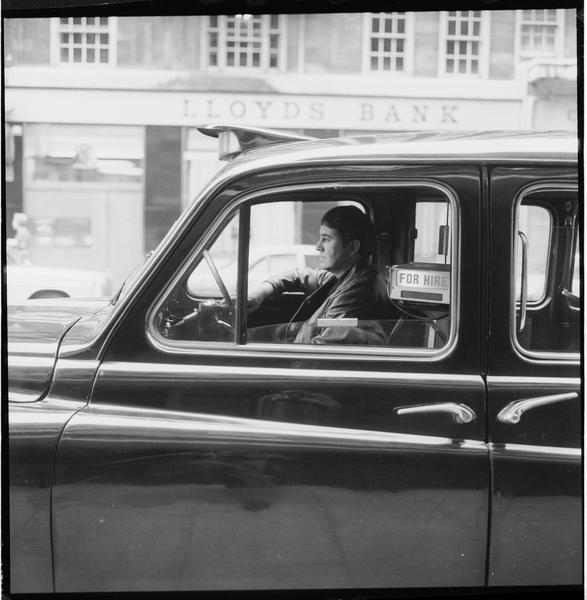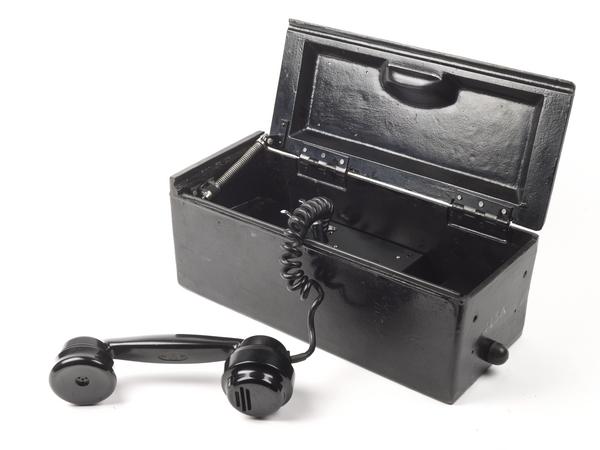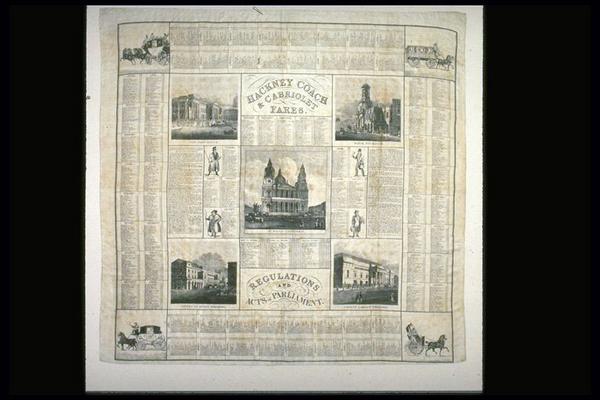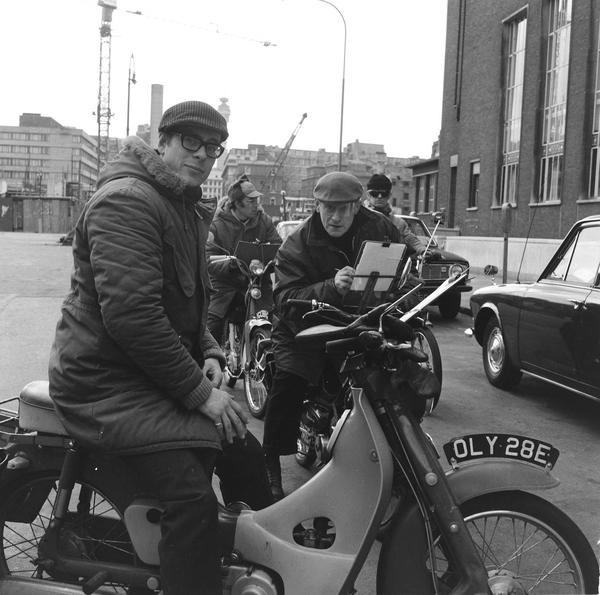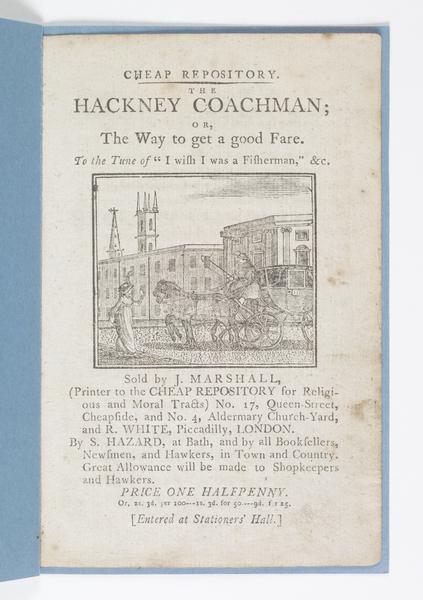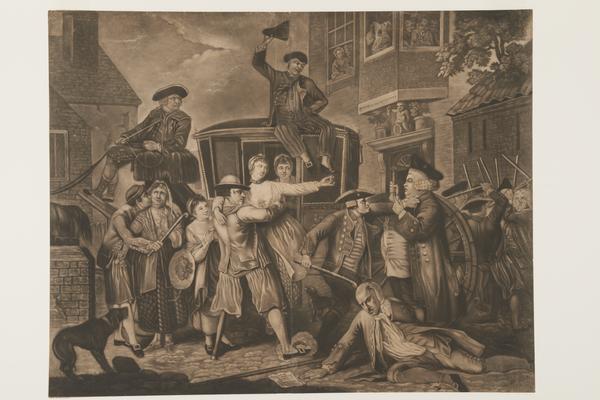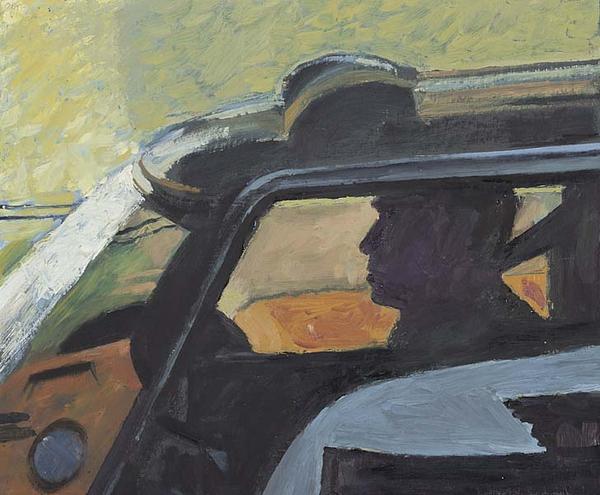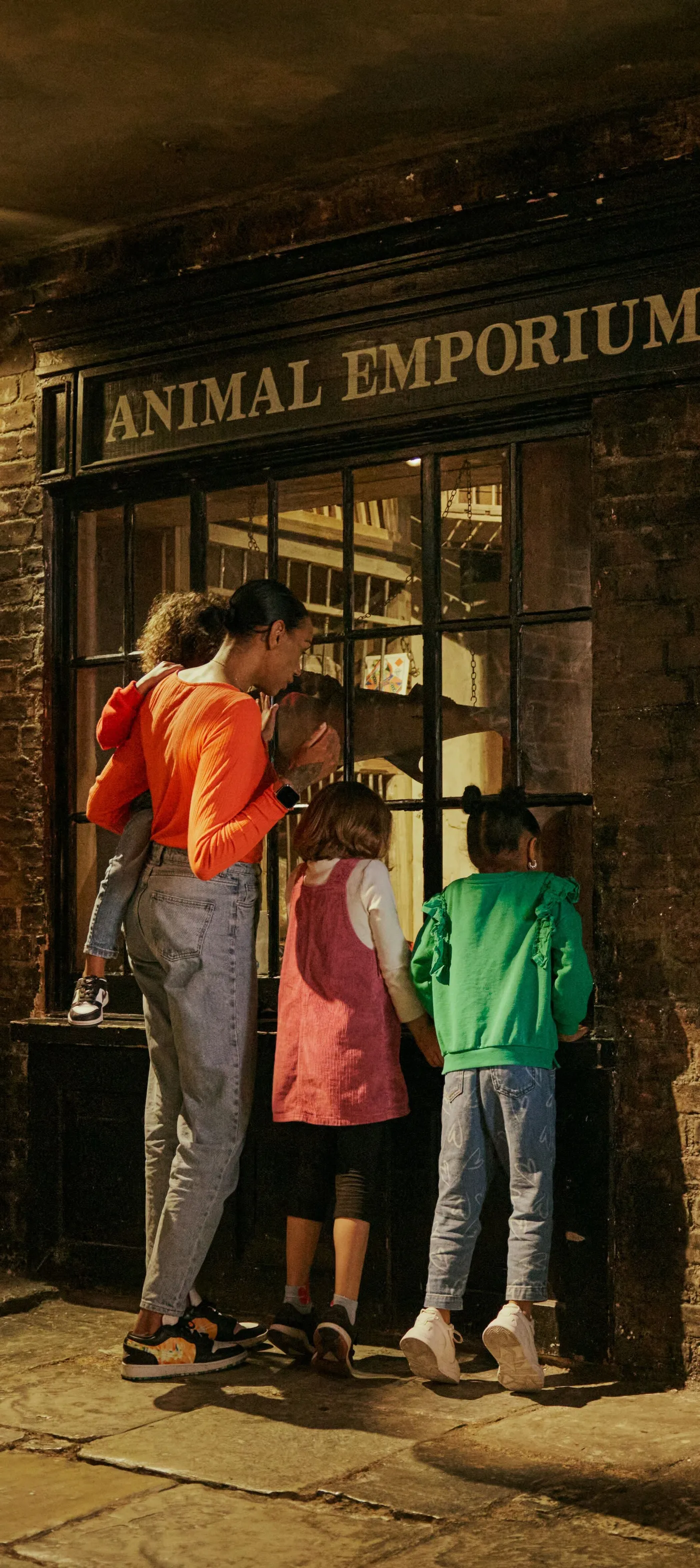Hailing the history of London’s black cabs
Londoners could hail a horse-drawn hackney carriage in the 1600s, but it wasn’t until after 1945 that black London taxis became a distinctive feature of the city scenery.
Since the 1600s

Why are black cabs called hackney carriages?
Hackney coaches began picking up paying passengers in London in the 17th century. They were four-wheeled, had six seats and were pulled by two horses. The word 'hackney' described any horse or carriage for hire. Hackney in east London, then a rural village, may have been known for its horses. Or 'hackney' may stem from the French word for an everyday, ordinary horse, a 'haquenée'. Either way, the name stuck, even when motors replaced horses in the early 20th century.

Cabs and buses take over
Central London was clogged with traffic in the 17th century. The rich, in their own carriages, shared the road with licensed hackney carriages, the only vehicles allowed to work in the centre until 1832. The picture shifted in the 19th century with the introduction of the lighter, speedier two-passenger cabriolet design – shortened to ‘cab’ – and the larger omnibus. The horse-drawn omnibuses, affordable to the growing middle class, picked up passengers along set routes, following a set timeline, without the need to pre-book – exactly like modern buses. Together, they spelled the end for the traditional hackney carriage.

The first motorised taxis
The first licensed petrol-powered taxi appeared in London in 1903. The one in the picture, part of our collection, was licensed in 1908. By then, 2,000 motorcabs were competing for business with horse-drawn carriages, like the two-wheeled hansom cabs and four-wheeled ‘growlers’. The word ‘taxi’ comes from ‘taximeter’, the name for the device that calculates the fare.

Why are London taxis black?
They don’t have to be. There’s never been any requirement. But after 1945, the dominant models of taxi were supplied in black as the standard, cheapest option. The most famous was the Austin FX4, a model used for almost 40 years and now recognised as a design icon. Over time, the black colour became tradition.

Cabmen’s shelters
Apart from the black cabs buzzing to and fro, one other part of cabbies’ work is still visible in London. Look closely around the city, and you might spot a green cabman’s shelter. Originating around 1875, these buildings give drivers – known as ‘cabbies’ – a place to eat and rest between jobs. There were once 60, but only 13 survive.

The Knowledge
Since 1865, London cabbies have had to pass a mind-boggling exam called the Knowledge. The test asks drivers to memorise a fiendish number of routes, ensuring they can swiftly navigate London and its landmarks. It normally takes drivers years to learn, something they often do by riding mopeds around the city.

How many black taxis are there in London?
In February 2025, there were 16,847 black cabs licensed in London. In 2013, the number was significantly higher, with 22,200 black taxis at work in London. Meanwhile, the number of vehicles run by Uber and other private hire firms increased from 49,900 in 2013 to 89,600 in 2023.

21st-century taxi technology
Black taxis have benefits over other private hire vehicles. They can use bus lanes, can be hailed on the street and their fares are fixed by Transport for London (TfL). But the creation of convenient ride-hailing apps like Uber introduced stiff competition, leading to protests by cab drivers and a number of legal disputes. In 2023, Uber began signing up black-cab drivers to accept bookings through their app.

Black cabs go electric
Black cabs have also been modernising to reduce carbon emissions. Since 2018, TfL has required that newly licensed taxis can cover a set distance using only electric power.


